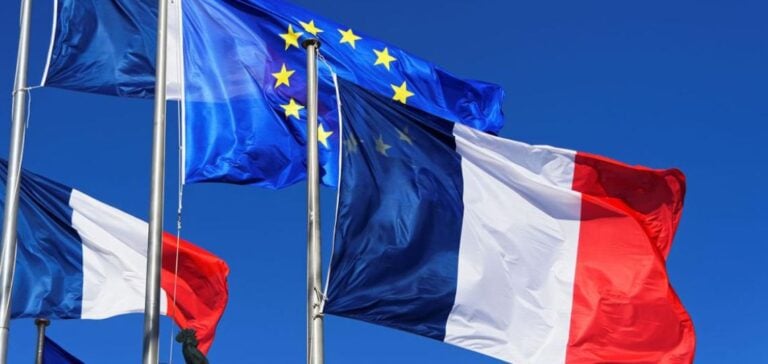The current economic context is marked by the repercussions of the 2021-2022 energy crisis, triggered by various macroeconomic and geopolitical factors. In response to this unprecedented crisis, European governments, including France, have adopted measures to stabilize markets and protect consumers. Among these measures, the reduction of the tariff shield has been a central pivot of energy policies, aimed at moderating the impact of soaring prices on consumers and businesses.
Impact of tax and regulatory reforms
In 2022, the government has reduced the domestic tax on final electricity consumption (TICFE) to its legal minimum. This drop was a direct response to the sudden rise in electricity prices due to external factors, notably the war in Ukraine. At the same time, the increase in the regulatory ceiling for regulated access to historical nuclear energy (Arenh) has enabled a fairer redistribution of nuclear energy at competitive rates, which has had a cushioning effect on electricity prices.
Price forecasts for 2024
For 2024, Insee forecasts an 11% drop in electricity selling prices, thanks largely to price adjustments on the wholesale forward market in 2023. For professionals, this fall could be as much as 15%, due to government subsidies still in force. In the case of gas, although most of the subsidies will go to multi-family housing, a 12% reduction is expected, almost restoring prices to 2022 levels, but still significantly higher than those of 2021.
Long-term challenges and potential strategies
Despite these planned cuts, the road to long-term rate stability is fraught with uncertainty. Price fluctuations on world energy markets, exacerbated by geopolitical tensions and energy transitions, pose an ongoing challenge. In response, the experts recommend greater diversification of energy sources and improved energy efficiency in industry and households.
Outlook and thoughts on long-term trends
The prospect of energy prices stabilizing in 2024 offers a glimmer of hope for professionals and consumers affected by previous price rises. However, this trend is part of a wider context of energy transition, where decisions taken today will have profound repercussions on the energy future of France and Europe. Strategic planning, including better regulation and increased investment in green technologies, will be essential to navigate this complex and rapidly changing landscape.
The evolution of electricity and gas prices in 2024 reflects a complex reaction between government policies, markets and past crises. These dynamics underline the need for more robust strategic planning in energy management.






















